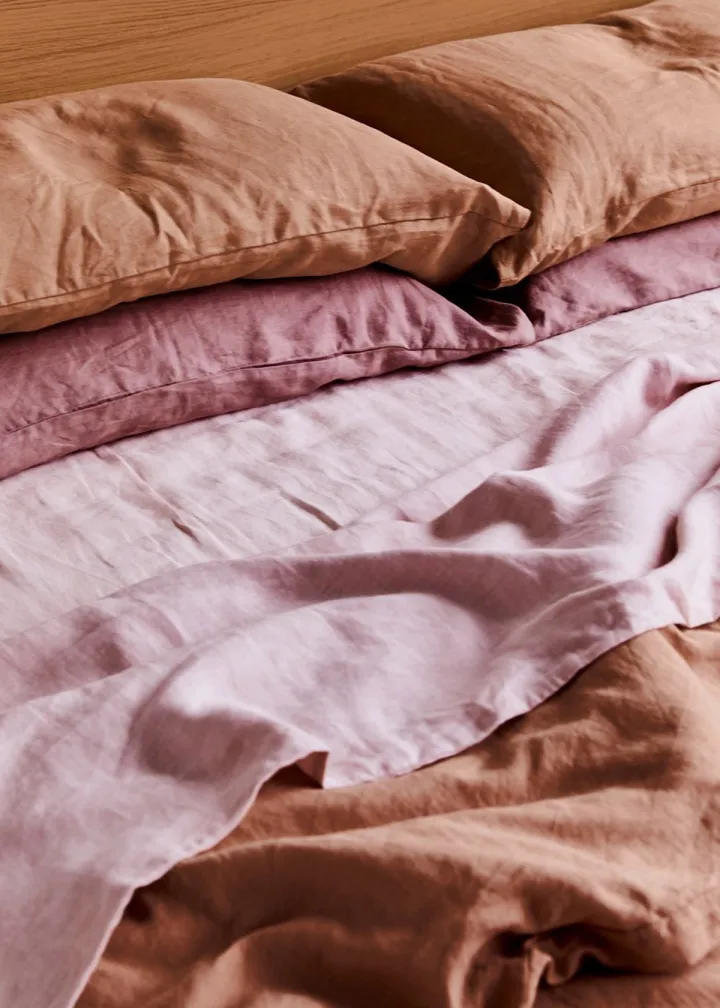
This Is Absolutely Everything You Need to Know About Thread Count and GSM
This is what you really need to know about linen myths, and why it's more important to consider your bedding's GSM.
When deciphering the quality of bedding - or any fabric for that matter - we often look to a product’s thread count for answers. When it comes to other fibres, this is the standard grading system, but if you're looking at investing in pure 100% French flax linen bedding, you need to consider its GSM.
Not properly acquainted with the terms "GSM" or "thread count"? Allow us to introduce you so that you’re better equipped to purchase bedding that suits your needs.
Enjoyed This?
Explore more linen articles.










